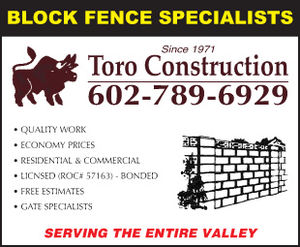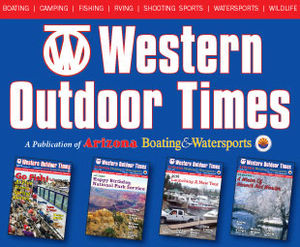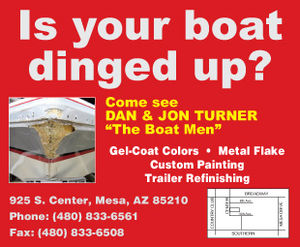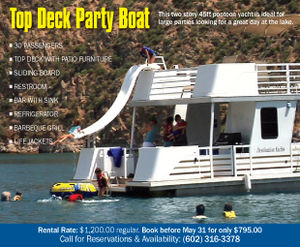Buffalo Rifles
American Bison Affect Rifle History
January 1, 2019
Background
American history is filled with many great and proud moments. Unfortunately, the decisions that led to the eradication of the American Bison herds to the brink of extinction do not count among those moments. The great herds of buffalo (American bison) numbering in the millions traversed the plains, and served as a primary food source for the Native American population.
These animals were not only a source of food and also clothing, but there was a very strong spiritual connection.
Decisions To Destroy
The decisions to destroy these great herds had a number of motives, but two of the most important were first, that there was a belief that removal of the buffalo as a wild food source would make Native Americans dependent on beef for food, helping to entice them into life on reservations with provided beef.
Second, the great herds were a nuisance to the railroads, sometimes delaying trains for days, when the herds gathered in cuts for shelter from winter storms, and providing a hazard to locomotives when they were struck crossing the tracks.
These and related factors resulted in the slaughter of the great herds. The Army and the government encouraged and supported the killing of the herds, permitting land for the expansion of mining, farming and ranches. Compounding the tragedy were the large parts of the animals that went to waste.
Much of the time, the only parts used were the hides and the tongues, with carcasses left to rot. Later the bones were gathered to be ground up for fertilizer.
Tragedy's Effect
The tragedy of this situation does nothing to reduce the effect it had on the development of American hunting rifles and their cartridges. The British were using large caliber double-barrel or single-barrel rifles for hunting dangerous game in Africa and India. Examples were Double Rifles by Holland and Holland, and single-barrel breach loaders like the Farquharson (similar in appearance to the Ruger Number 1).
When the coming of cartridges that contained the bullet, powder and primer in one unit occurred, the trend of using these guns made for close-range engagements with the animals they hunted remained unchanged. With Double Rifles, the two barrels were carefully regulated (aimed to converge at a particular range with a particular powder charge and bullet weight). This was a time-consuming and expensive process; hence, single-barrel guns continued as a mainstay.

American Differences
The American hunters faced different conditions and challenges. There were two different types of rifles' becoming popular depending on their uses. The early-lever action repeating rifles such as the Henry, and its descendants, the early Winchesters, were basically pistol-caliber rifles that provided extended range and moderate power increases. Then there were the single shots that were follow ups on the military rifles of the time, as well as the Hawkins-type rifles found on the frontier.
Some Were Converted
Some of these rifles were converted Enfield type muskets using the Allen (or Trapdoor) system of conversion. The Springfield .50-70 and later .45-70 rifles of various model numbers are examples. Another prime example is the Sharps Rifle.
Made in a number of powerful calibers, this single-shot falling block rifle was known to be very accurate. Interestingly, many more modern replicas of this rifle have been made than were produced by the original manufacturer. Also prolific was the Remington Rolling Block Rifle.
The Remington Arms Company
Eliphalet Remington started the Remington Arms Company in 1816, making it the oldest firearms manufacturer in America. Before the Civil War, a man named Leonard Geiger came to Remington with a concept and patent for a new firearm design. Remington turned this new firearm project over to one of their firearm designers, a man named Joseph Rider.
This resulting design was to be produced for the next s70 years, in rifle, carbine and pistol variants. It would be produced in a number of countries, with millions being produced in a large number of calibers. The arms would range from plain working man’s models to ornate and engraved models, some of which were built in large calibers specifically for hunting large animals such as the American bison.
The Project
It is amazing what you can find on the Internet that wants to just jump off the computer screen and take some of your hard-earned money. Such was the case when I happened to peruse Simpsons Ltd. Website under Antique arms a couple of years ago.
They had imported some Swedish Built (under license) Remington Model 1 Rolling Block Rifles. The rifles in question were Model 1867s made in the 1870s for Sweden’s military by such noted firms as Carl Gustaf and Husqvarna (yes… the chain saw company). Originally chambered in 12.17 x 42 Rim fire, (some were later converted to 12.7 x 44 R) these rifles were rebarreled by the Swedish Military to 8 x 58 RD starting in 1889. These were interesting-looking rifles with a different style thumb piece on the block.
When I received mine, a Husqvarna (now known for their chain saws, they were first a firearms manufacturer) made in 1870, it was in such nice condition that Pat’s was soon on the way. His was a Carl Gustaf, also in beautiful shape.
Not A Simple Proposition
Shooting these rifles was not a simple proposition. The local big box store and even the gun shops did not have any factory ammunition available. The Internet had some, but most has been loaded for the later Danish Krag Jorgensen which is loaded to a significantly higher pressure, and not safe in the 1867/89 Rolling Blocks.
Reloading involved fire-formed cases and some very specific powder charges. The accuracy of these rifles was appropriate for their age, but while neat, not very interesting.
Fast Forward
Fast forward a couple years, and a conversation took place about a historic individual named Billy Dixon and his part in the second Battle of Adobe Walls. For those who are unaware, a group of 28 Buffalo hunters were surrounded by some 700 to 1200 Comanche warriors (depending on who was telling the story). One of the braves was on a rise a significant distance away (later measured by an Army survey team as 1,738 yards or 7/8 of a mile)
Billy Dixon borrowed another hunter's larger caliber rifle, and in one shot, killed the warrior. He later admitted that although he had great confidence in his shooting ability, this was a lucky shot.
The rifle he used was most likely a borrowed Sharps .50- 2 1/2”. We were in total agreement that this would be a very cool caliber to build a gun or two around While we did not have any spare Sharps actions (ours were much more practical .45-70 and .45-90s for the potential of using smokeless powder loads) we did have the pair of period-correct Rolling Blocks.
The Next Issue
The next issue was that of the barrels. Long barrels were common back in the day for a couple of reasons. First was that the cartridges of the day used Black Powder, which required a long barrel to completely burn, giving greater velocity and as a result, greater range. The second reason was that the longer barrel resulted in a longer distance between the front and rear sights. This helped the marksman refine his sight picture, resulting in greater accuracy. Finally, the long barrel just looked right.
Barrels And Balance
A call went in to McGowen Barrels for a pair of slightly tapered round blanks in .50 caliber with a 32 inch length. Although octagon blanks were considered, the receiver contours would transition best to a round barrel. Carbon steel was selected to be able to period finish the barrels and provide a contrast with the color case hardened look of the receivers.
The barrels were threaded, chambered and test fitted to the receivers. At this time, the extractor cuts were not yet made as this would be an involved process. Test firing was accomplished using hand loads in new Star Line brass with cast lead bullets and a black powder substitute. A long wood rod was used for extraction of the fired brass.
Although there were no sights, the balance of the rifles made them natural to mount to the shoulder and pointed easily. It was fun to look down the top of the barrel and actually hit targets some distance away.
To be continued…









Reader Comments(0)